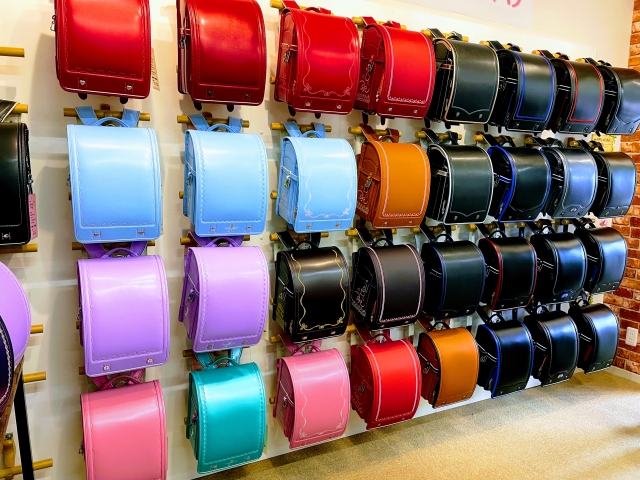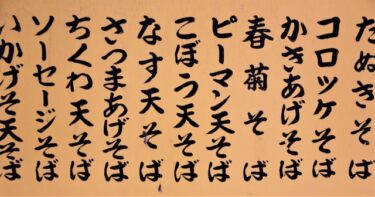If you’ve ever visited Japan, you may have noticed something unique about elementary school students: they all carry a specific type of backpack called a “randoseru.” But why do all students use this particular bag? In this article, we will dive into the historical background of the randoseru, why it’s still used today, why it has so many colors, and other interesting facts surrounding this iconic Japanese school item. We’ll also explore how much they cost, where to get them, and whether alternatives are allowed. Let’s take a fun and informative look at the randoseru!
History of the Randoseru
The word “randoseru” comes from the Dutch word “ransel,” meaning backpack. The tradition of using a randoseru for schoolchildren started in the late 19th century during the Meiji era. It was inspired by military backpacks used in the Netherlands, and was adopted in Japan for elementary school students to carry their school supplies in a sturdy and durable way. Over time, it became a symbol of education and tradition in Japan.
Why the Randoseru?
The randoseru is more than just a backpack. It is designed to last throughout a child’s six years in elementary school, and its sturdy construction ensures it can withstand the wear and tear of daily use. The structured shape also protects the contents, such as textbooks and notebooks, and helps children maintain good posture as they carry it.
Is Anything Other Than a Randoseru Allowed?
In most schools, students are required to use a randoseru. It’s considered part of the uniform. Although some schools may not have strict rules about the type of bag, the randoseru is deeply ingrained in Japanese school culture. It’s rare to see students using anything else, and alternatives are often discouraged to maintain uniformity and a sense of tradition.
Why Are There So Many Colors?
Traditionally, randoseru were either red for girls or black for boys. However, in recent years, a wide variety of colors have become available, allowing students to choose a color that expresses their personality. From pastel pinks to navy blues, and even metallic finishes, the options are endless. This shift reflects the changing attitudes in Japanese society towards gender and individual expression.
But Doesn’t It Look Too Small?
At first glance, the randoseru may seem too small to hold everything a student needs. However, they are specifically designed to fit textbooks, notebooks, stationery, and even a lunch box. In fact, despite their compact appearance, they are surprisingly spacious and efficient. Plus, schools often encourage minimalism when it comes to what students bring, which helps keep the weight manageable.
Where Can You Buy a Randoseru?
Randoseru are sold at a variety of places, from department stores to specialty shops. Some families even order custom-made randoseru to fit their child’s preferences perfectly. While it’s possible to find second-hand randoseru at recycling shops or online, many families prefer to buy a new one, as it’s seen as a special item that marks the beginning of a child’s school life.
“Randoseru” is written in katakana as ランドセル in Japanese.
ランドセル
How Much Does a Randoseru Cost?
A brand-new randoseru can range from around 30,000 yen to over 100,000 yen (approximately $200 to $700), depending on the brand, material, and design. While this may seem expensive, remember that it’s meant to last all six years of elementary school, and the quality reflects this long-term use.
Are There Too Many Paper-Based Learning Materials?
One reason why the randoseru is so iconic is that it’s filled with textbooks, notebooks, and other paper-based learning materials. Despite the digital age, Japanese elementary schools still rely heavily on physical books. Some people question whether the weight of these materials is necessary and if schools should transition more to digital learning. However, for now, the randoseru remains a symbol of the traditional Japanese approach to education.







